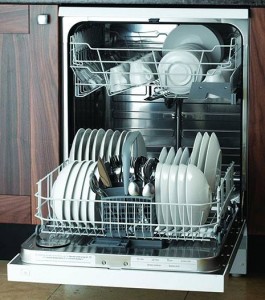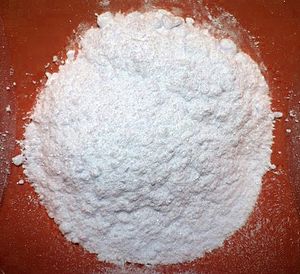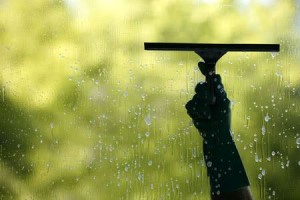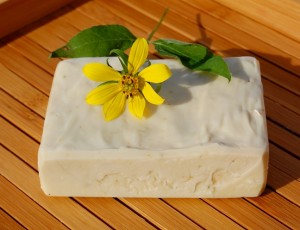Yes, you read that right.
Automatic dishwasher detergent isn’t as difficult to make as you might think. I’ve been using mine for months now, and I’m very pleased with the results…and the cost! A little bonus is that it keeps the dishwasher itself clean and the pipes/hoses clear of hard water buildup!
Here’s the recipe:
1 cup Borax
1 cup Washing Soda
1/2 cup citric acid
1/2 cup salt (kosher, table, whatever you like)
1/2 cup of vinegar (not to be mixed in!)
One tablespoon per load.
Note: A good resource for citric acid is: http://www.bulkfoods.com. It’s a bulk/wholesale store that actually allows you to purchase one pound.
Back to the recipe. Borax and washing soda are the cleaning agents. Citric acid is probably the most important item, as it dissolves food particles and combats hard water, giving a cleaner rinse. Salt is a scrubbing agent and also helps combat hard water.
The vinegar is your rinse aid. Some people fill the little rinse aid compartment with vinegar, but I’ve found that doesn’t do as good a job as just pouring a couple “glugs” right onto the dishwasher door (about half a cup) before you run the machine.
One important thing about this recipe. Citric acid causes this stuff to absorb moisture and clump like the dickens if you aren’t proactive about preventing it. You can put rice in the toe of an old, clean stocking, tie if off and put it in your detergent mixture. You can do the same with a couple silica gel packets–the kind you find in a new purse. I like to leave the mixture in the open air (don’t put a lid on your container) for 2 or three days, and give it a vigorous shake periodically, for good measure. Once a few days have passed in the open air, you can cap it and store it under the sink. (If you forget and it does clump up, run that stuff through a dry food processor or blender. Good as new.)
Some people leave out the citric acid and add it separately to each load (1/2 tsp. per load), but that just kind of smacks of effort, if you ask me. Hahaha. No. Really. I’m lazy.
UPDATE: I’ve given up on the clumping thing and have come up with a solution. I put it in a big, shallow plastic container, and just let it form one big clump overnight. Then I turn it out, and cut it into dishwasher tabs! Perfect!!
You can adjust the recipe if you have super-hard water, or if your glasses seem cloudy. I have ridiculously hard water, so I actually double the amount of citric acid in mine.
If you have cloudy dishes, first try using a little less or a little more in each load. If that doesn’t make the difference, add more citric acid to your recipe.
Bonus tip: To prevent etching on your glasses, don’t use the drying cycle! Spots you can wipe off, but etching lasts forever!








